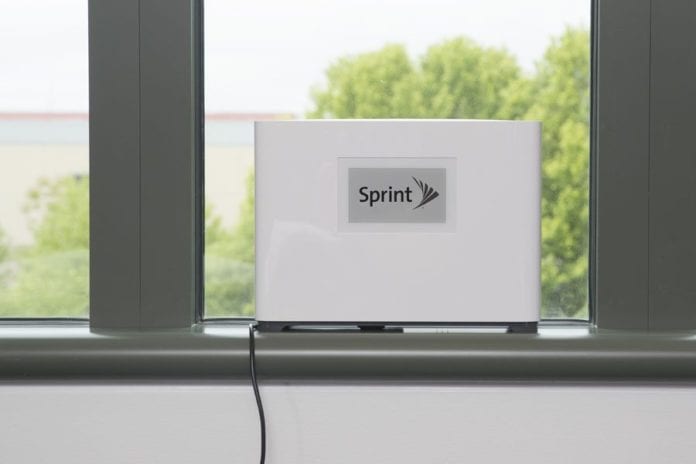Marcelo Claure says merging Sprint with another wireless carrier offers “enormous” synergies
From a potential tie-up with T-Mobile US to a consolidation with a broadband/pay TV provider like Charter Communications, Sprint, which is primarily owned by Japanese conglomerate SoftBank, is definitely the topic of much M&A speculation.
Following the release today of Q1 financials indicating the first profitable quarter in three years, CEO Marcelo Claure, on a call with analysts, fielded numerous questions on the topic. Regarding a deal with Charter, Claure said published reports about Sprint approaching the company were “inaccurate,” but noted that “Everybody has shown a high-level of interest.”
Asked if there was the potential of Sprint moving forward on a standalone basis, he said, “I don’t think so. The talks we have had have been encouraging,” specifically name-checking conversations with T-Mobile US.
Asked more generally, which type of company would be the best fit for a merger, Claure said, “If you were potentially to say merge with another wireless carrier, the synergies are enormous. This is a scale business. Today you have to operate two networks,” to compete with Verizon Wireless and AT&T Mobility. “One team, one network, one customer service center, and so on, I think the synergies are just enormous if we do a merger with another wireless operator.”
For Magic Box, demand far outweighs supply
Earlier this year Sprint released a small cell solution called the Magic Box that is being used in both home and enterprise settings. During a call with investors, Claure briefly mentioned that 25% of requests for the device are coming from non-Sprint customers.
In a follow-up with RCR Wireless News, Claure expounded: “The Magic Box works so well that the demand far exceeds the supply and the ability to manufacture. For any Sprint customers…[who] put a Magic Box in your home, it’s a life-changing experience. The speed you get, the coverage you get…it’s truly magical.”
Adding that he personal uses the Magic Box, Claure said it’s an “interesting phenomenon” that 25% of the requests are “coming from competing carriers [customers] complaining about indoor coverage. ‘Would you guarantee me great indoor coverage?’ Now it’s a matter of basically supplying, and also sending [the device] to customers who have threatened to churn. You send them a Magic Box; they send you a letter about how excited they are. We could not be happier in terms of the performance.”
Developed by Airspan in partnership with Sprint and SoftBank, the Magic Box uses LTE relay instead of Ethernet or fiber to connect to the Sprint network. It can be deployed anywhere that power is available and good cell service isn’t. “One Sprint Magic Box can cover an average-sized small business or home, and can benefit adjacent Sprint customers inside the building,” Sprint CTO John Saw said in a blog post published earlier this year. “The signal also extends data coverage outside the building, benefitting Sprint customers in nearby buildings (particularly in dense urban areas) while also improving street–level network performance.”
Back to that matter of supply, Claure said he expects the first million units to hit the network “in the next few months. I am very unhappy about the lack of ability to ramp up. We’re ecstatic in terms of performance.”

